Sewage Monitoring
Only 1 in 10 emergency overflows monitored for sewage
Jul 05 2023
A rising tide of public concern over England's lax monitoring of emergency sewage overflows is becoming impossible to ignore, as statistics reveal that a meager 10% of these overflows are assessed for sewage spills. Advocates argue that this oversight enables water companies to sidestep stringent control measures, resulting in unmonitored pollution.
There are a staggering 7,016 emergency overflows across England, distinguished from storm overflows by their usage restrictions. They are sanctioned only in dire circumstances, such as during electrical power outage, a mechanical malfunction of pumps, a fault in the rising main, or downstream sewer blockages.
Alarmingly, water companies are obligated to track only those emergency overflows that seep into shellfish waters. As a result, a mere 686 emergency overflows—just 10% of the total—have logged data over the past two years.
Analyzing this limited data reveals a worrying trend: 102 emergency overflows contaminated shellfish waters 635 times in 2021, and 86 were discharged 491 times the following year. These figures emerged from a Freedom of Information (FOI) request submitted to the Environment Agency by the Marine Conservation Society (MCS). The request exposed the regular and repeated use of these emergency outlets, contrary to their intended purpose.
Dr. Laura Foster, an MCS representative who initiated the FOI request, remarked: "Emergency overflows should serve as a final safety measure. However, the scant data available illustrates that these releases are far from rare, and repeated offences are commonplace. The absence of preventative steps following the first incident is perplexing."
Dr. Foster emphasized the urgent responsibility of water companies to manage sewage effectively. Failure to institute requisite protocols, she warned, puts both marine ecosystems and human health at considerable risk.
Just last month, The Guardian reported that excessive levels of E.coli—harmful bacteria found in feces—had led to the closure of 11 shellfish farms in Cornwall. Shellfish waters, alongside bathing waters, still or sluggish water bodies, sustainable fisheries, public parks, and sports water venues, are highly sensitive environments. The industry has voiced anger over the government's delay in addressing these pressing issues.
Water companies are expected to show that their emergency overflow usage was due to uncontrollable circumstances, not neglect or improper maintenance. Further, they are bound to make all feasible efforts to avert similar situations in the future.
Yet, an astounding 60% of the emergency overflows have been discharged more than once. This has raised red flags about water companies potentially flouting permit conditions without facing repercussions.
Henry Swithinbank, the Policy and Research Manager for the environmental group Surfers Against Sewage (SAS), voiced concern over what he called "another grim instance of a rigged system." According to him, the current lax regulations have allowed polluters to avoid significant penalties. He stressed the need for full transparency to prevent water companies from concealing their misdeeds and persisting in treating our waterways as sewage dumps.
Chris Tuckett, Director of Policy and Conservation at the MCS, underscored the pressing need for improved monitoring of all emergency overflows to begin tackling this significant pollution source. "Without more data from these overflows, we cannot fully comprehend the extent of environmental damage," Tuckett warned.
Consequently, the MCS is pursuing legal action against the government for the misuse of emergency overflows. Water UK, the water industry representative, confirmed that companies were developing strategies to monitor and reduce emergency overflow usage but stopped short of providing specifics.
A Water UK spokesperson stated that the industry is investing £56 billion in the most substantial sewer modernization since the Victorian era and emphasized the commitment to rectify the situation. They explained that emergency overflows are used as a last resort to relieve pressure on sewage facilities when an unexpected issue arises.
However, the Environment Agency's response to the situation was more cautious. They noted that water companies are required to track emergency overflows linked to designated shellfish waters as per government advice. While an average of 1.5 discharges occurred per overflow annually in 2022, over 70% of these overflows went unused. The agency pledged to continue investigating and taking action against non-compliance.
This controversy has led advocates to demand stricter oversight of emergency overflows and to tighten regulations on storm overflow sewage discharges. Emma Dearnaley, legal director at the Good Law Project, stated that the recent data suggests the sewage dumping crisis is even more catastrophic than previously realized. She pledged her organization's support to the MCS in its legal challenge against the government to enforce stronger, more immediate targets for water companies to clean up their act.
Digital Edition
AET 28.2 April/May 2024
May 2024
Business News - Teledyne Marine expands with the acquisition of Valeport - Signal partners with gas analysis experts in Korea Air Monitoring - Continuous Fine Particulate Emission Monitor...
View all digital editions
Events
Jul 30 2024 Jakarta, Indonesia
China Energy Summit & Exhibition
Jul 31 2024 Beijing, China
2024 Beijing International Coal & Mining Exhibition
Aug 07 2024 Beijing, China
IWA World Water Congress & Exhibition
Aug 11 2024 Toronto, Canada
Aug 25 2024 Stockholm, Sweden and online
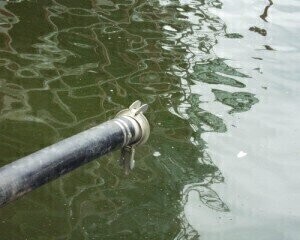
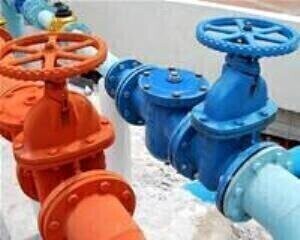
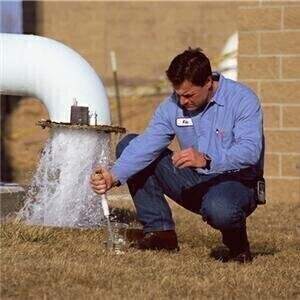


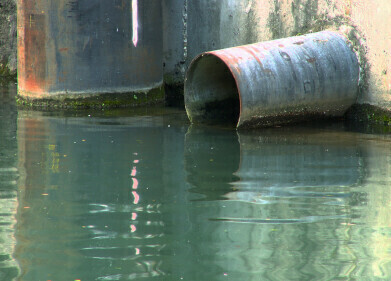
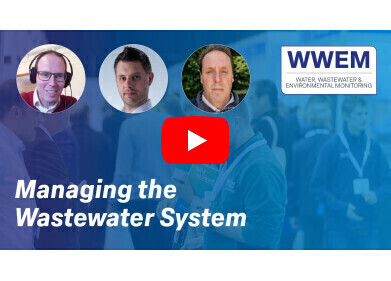





.jpg)








